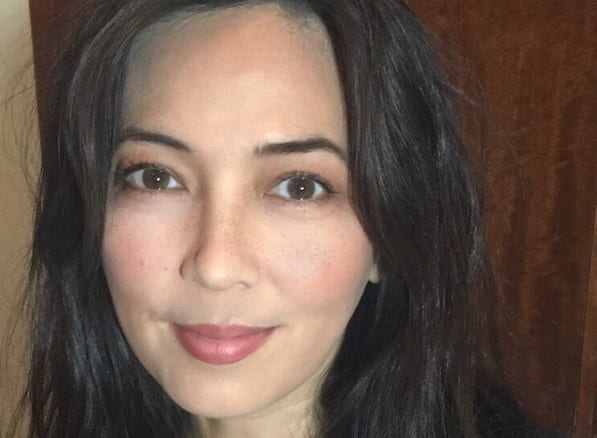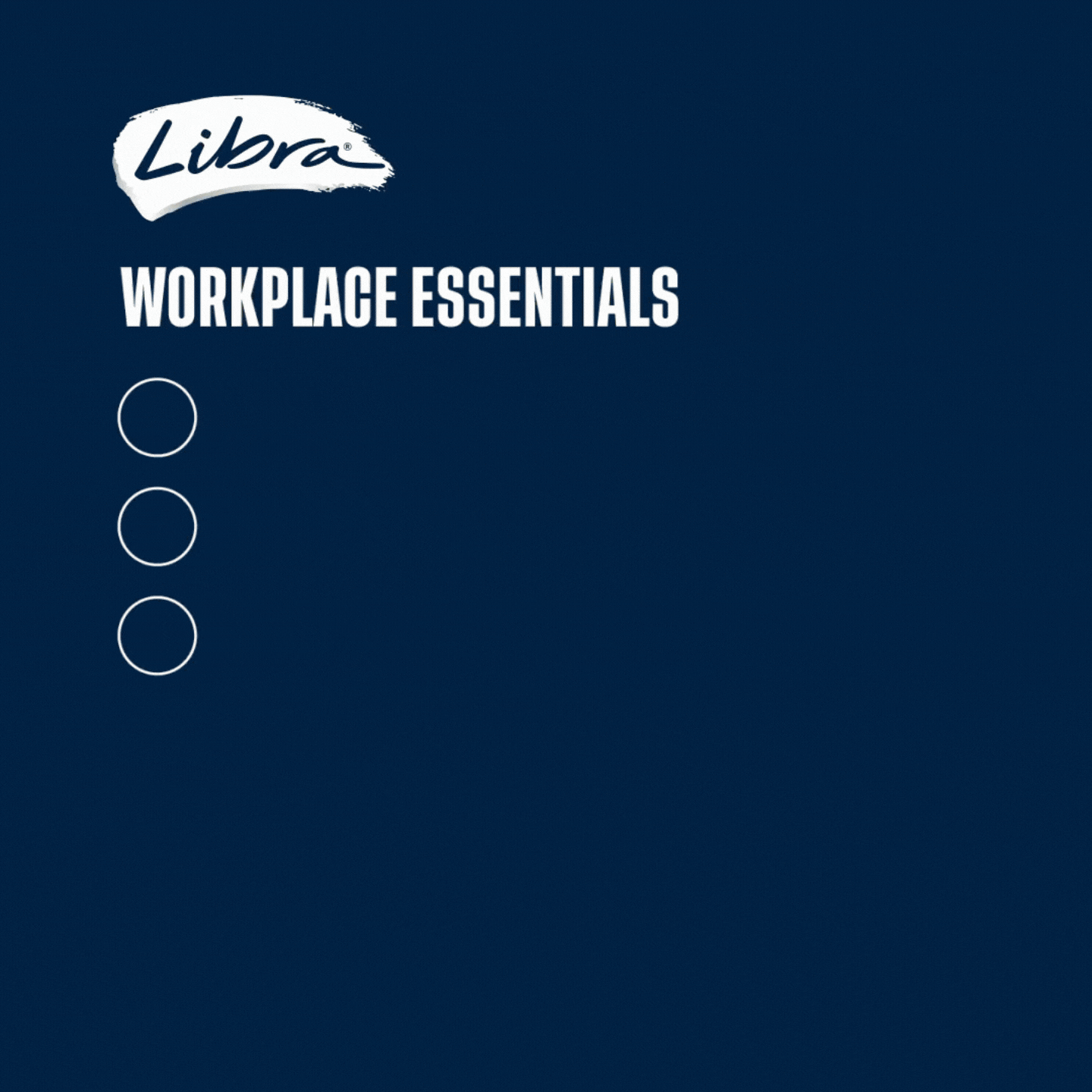Architect Rebekah Araullo is a businesswoman, researcher, and designer, and award winning artist. Her works are interactive installations that have been featured in the Powerhouse Museum, The Rocks and Beijing, to name a few.
Her work is already impressive and game-changing, bu it’s her start-up Phantom Realities that’s seen her named a finalist in the Women’s Agenda Leadership Awards, and the AR platform they’ve developed that really caught our attention.
As Araullo tells Women’s Agenda in her below finalist Q&A, passion, timing and opportunity have all been critical factors in her success.
But so too has been creativity, which she says is the number one trait that makes a successful entrepreneur.
Araullo is the co-founder of the start-up Phantom Realities, a group that has developed their own AR platform with 3D technologies for use in architecture, engineering and urban development. She was also a lecturer at the University of New South Wales for five years and is a regular lecturer at the University of Sydney.
Our finalists are sharing some awesome career wisdom in these Q&As, as well as more on their back story and leadership journey. See our growing hub for this content here.
And tickets to the 2019 Women’s Agenda Leadership Awards are still available at the time of publishing, here.
How did you become an entrepreneur? Was it a deliberate decision or something that happenned by chance?
This is a hard question to answer as chances are unplanned opportunities.
However if you’re not prepared when these opportunities occur, nothing will happen. So one needs to make a deliberate decision to be prepared for any chances to happen at any point in time. For me, it’s a bit of both if that makes sense. A chance arose to collaborate on a unique project with a colleague of mine who became my business partner and co-founder. Though I deliberately set the groundwork to be ready for any incredibly surprising moments and was well-equipped and prepared by that time to do a startup.
Give us your quick elevator pitch: What does your business do and where did the idea for it come from?
We’ve developed a technology that will allow people to communicate and share 3D easily using a mobile app. Working with digital 3D for many years, you appreciate that it is rich in information, but information that is often difficult to capture and relay using traditional means of communication.
As our daily lexicon is rich in 2D information such as graphics, images, text, even videos, I believe 3D can be a part of our daily language, and not just exclusive to those with skills or with specialised software. Having 3D communication will prepare us for the future as we move towards a cyber and multi-dimensional era.
Can you share three major contributing factors that have led to your businesses’ success so far?
Passion.You need to be passionate about what you’re trying to achieve. This helps in gaining support as people would want to believe in you. Our company’s vision stemmed from a tiny seed many years ago. Wrapping a business around this to support its growth requires passion to sustain it. We were successful in gaining government support as I think completing a grant funding application requires intensity and passion in order to be able to translate your vision into economic terms that most people can relate to.
Timing. In the short-term, timing guides us in making good decisions regarding launch, release and funding. In broad terms, timing that this technology is becoming needed to fill a widening gap in many industries. As well, timing in the fact that advances in the IT ecosystem and mobile devices is ripe to support the growth of our technology and that multi-channel communication is ready for 3D innovation.
Opportunity- Opportunities are not always ever-present. Some things require you to be at the right place and at the right time.
What do you believe is the number one trait that makes a successful entrepreneur?
Definitely creativity, not just because I’ve come from a creative background. Creativity because it allows one to conceive correlations between information and events that seem unrelated. This breeds insights and opportunities that can open new doors, especially during early advancement.
Creative people also tend to be optimistic and ambitious, and they synthesise information from outside the box, which can produce unparalleled value in real world scenarios. They tend to blaze their own unique and distinctive trail.
As well as your business, what other priorities do you juggle?
Apart from growing this startup, my one other top priority is family. I am married with three children aged 14-19, which is a whole ‘ecosystem’ on its own. Timing as a factor in business success is particularly elemental when family is in the mix. I’d like to believe that I am maintaining a balance of career, family and social so far, which is quite personal and hinges on your personal state of mind.
How have mentors, sponsors or other kinds of support system aided your career?
I have been very fortunate in crossing paths with people who have made such an impact in my career and those who are or had been part of my life in general, and feel like a recipient of many people’s generosity.
Starting with my dad who passed away before I turned 14 years old, when in the early 80’s, he believed computers will be ushering future progress. I was then introduced to programming and got an Apple IIc at the age of 12, unusual in the early 80s amongst my circle. However, I did not continue programming in my late teens and early twenties, but fast forward, I naturally leaned towards computer applications and emergent technologies even in such a conventional field as architecture.
As well, I’ve come across many people from all walks of life including those in academia, clients, inspiring women I met through mothers group, my mother and my aunt, both strong active women who continue to have a voice in society on many issues. They are my early support network who provided that backdrop that inspired and encouraged me to grow and develop computational skills, at the time an emerging application in design. Later, it’s the people I’ve worked with, collaborators and sponsors in my public projects, my PhD supervisor who believed in my theories, clients who believed in my work and colleagues who continue to believe in a future I am describing.
My startup is built upon those experiences, challenges and opportunities brought about by the people who may seem insignificant along the way but have impacted my journey and brought me to this point.
Today I still teach Algorithmic Architecture at the University of Sydney one day a week, because I enjoy and hope to inspire others and likewise to some degree make a positive impact on their journey.
Where do you currently get news and info regarding your industry and career?
Online publications, social media including Linked In, conferences and Fishburners, the startup community hub we belong to.


